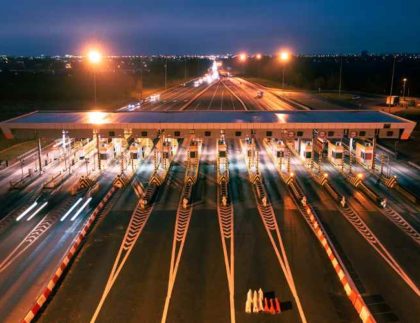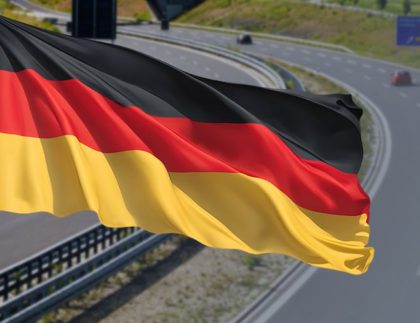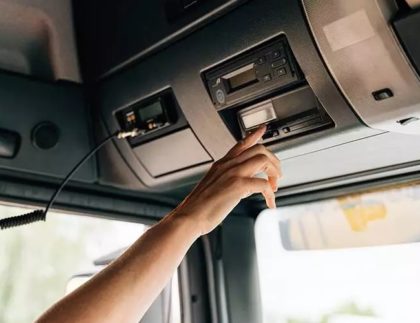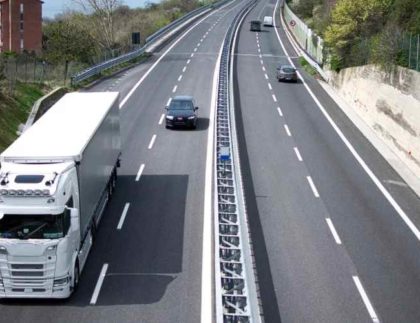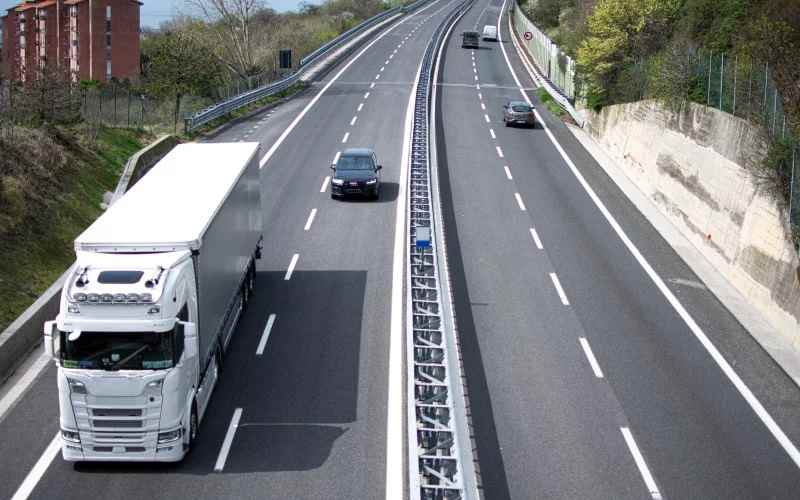

New regulations on driving and rest times for bus drivers and the upcoming update of transitional tachographs were among the most important, but not the only, topics discussed in June at the CORTE meeting in Brussels. One of the lectures prepared by Inelo experts presented at the event was a review of errors in tachographs, especially in their new versions, which transport companies, drivers and inspectors should be aware of. What has been established and what changes does the TSL industry need to prepare for? Read the meeting summary. Introduction of OSNMA technology vs. update of transitional tachographs
The introduction of OSNMA technology, or GNSS position authorization for G2V2 tachographs, was supposed to take place as early as 21 August 2023, but this did not happened, regulations have been amended, and the new date for the implementation of this technology is 5 months after the declaration of readiness. Currently, the expected implementation date is no earlier than October this year. However, this gives raise to additional complications, as in some cases proper operation of OSNMA technology requires an external antenna with less interference, and some models of G2V2 transition tachographs do not offer this capability. Software, which already allows current transitional tachographs to be updated with this feature, will certainly not be an obstacle. Importantly, this is not a problem for carriers, as the regulations do not require updates of the G2V2 transitional tachographs, which have been installed in new vehicles since August 2023 and which are used for replacement. It is important for all tachographs installed in new vehicles after 5 months from the declaration to be equipped with OSNMA technology after that date.
Errors encountered in tachographs
It is important for transport companies, drivers and inspectors to be aware of what errors can occur in the tachograph system. This area is particularly well-known to Inelo experts, so during the meeting Piotr Żółty, International Business Development Director, and Mateusz Włoch, Development and Training Expert, prepared a presentation on the errors encountered in tachographs, especially in their new versions, where the degree of complexity is much greater through the implementation of GNSS localization or uploaded contours of the individual countries. Some of the problems, especially with the latest tachographs, have already been solved by tachograph software updates available at workshops. Assurances have also been given that more updates will be coming soon to solve known issues. The presentation sparked off a discussion on problems related to, for example, increasing the period covered by roadside inspections to 56 days back, which may occur in the near future. We also described some of the cases presented by Inelo experts in an article on our website: https://inelo.com/what-should-you-know-about-tachograph-errors/
Replacement of tachographs – win against time
Problems with the replacement of tachographs in international transport were also addressed in the meeting. Once again, it has been pointed out that companies may not be able to replace their tachographs within the required deadlines (the deadline for old analog and digital G1 tachographs is December 2024, and for smart G2V1 tachographs it is August 2025). According to the knowledge that is available, at this point only a small percentage of vehicles have the latest tachographs, and in some countries slots at replacement workshops have already been pre-booked until the end of the year. It was reminded that if a company fails to replace the tachograph in time, it will not be allowed to perform transport in another member state. One should bear in mind that carrying out transport services with an incorrect version of the tachograph may result not only in a high financial penalty, but also in referral to a service center for replacement of the tachograph (interruption of transport) and, as a consequence, potential loss of good reputation due to the this violation being qualified as the most severe.
New regulations on driving and rest times for bus drivers
Inelo and IRU representatives also shared key information on the recent amendments to driving and rest time regulations that affect drivers who perform occasional passenger transport. Piotr Żółty from Inelo discussed and explained the new regulations and the resulting risks for companies and drivers. It was an important point to emphasize that the introduction of these regulations requires more manual work on the part of inspectors, who must pay more attention and accurately enter the periods when drivers perform single occasional transport services. A large part was devoted to discussing the issue of passenger waybills, which are required when using the new exemptions in domestic transportation as well. It’s also an important step in starting the discussion on introducing an electronic version of these documents as soon as possible. It was also reminded that changes to tachographs are planned in such a manner that drivers can mark the type of occasional/scheduled passenger transportation, making inspections easier and faster. For more information on the new regulations, see the article: https://inelo.com/attention-bus-drivers-as-of-22-may-this-year-new-regulations-are-coming-into-force/
At the very end, issues concerning the current regulatory status of recording working time when the driver is away from the vehicle were also presented. Regulations are intended to make it easier for drivers who do other work besides driving for part of the month and where it is very difficult to make detailed manual entries in the tachograph. The latest version of those regulations was rejected at the last vote and further work will be underway to resolve the issue in the near future.

